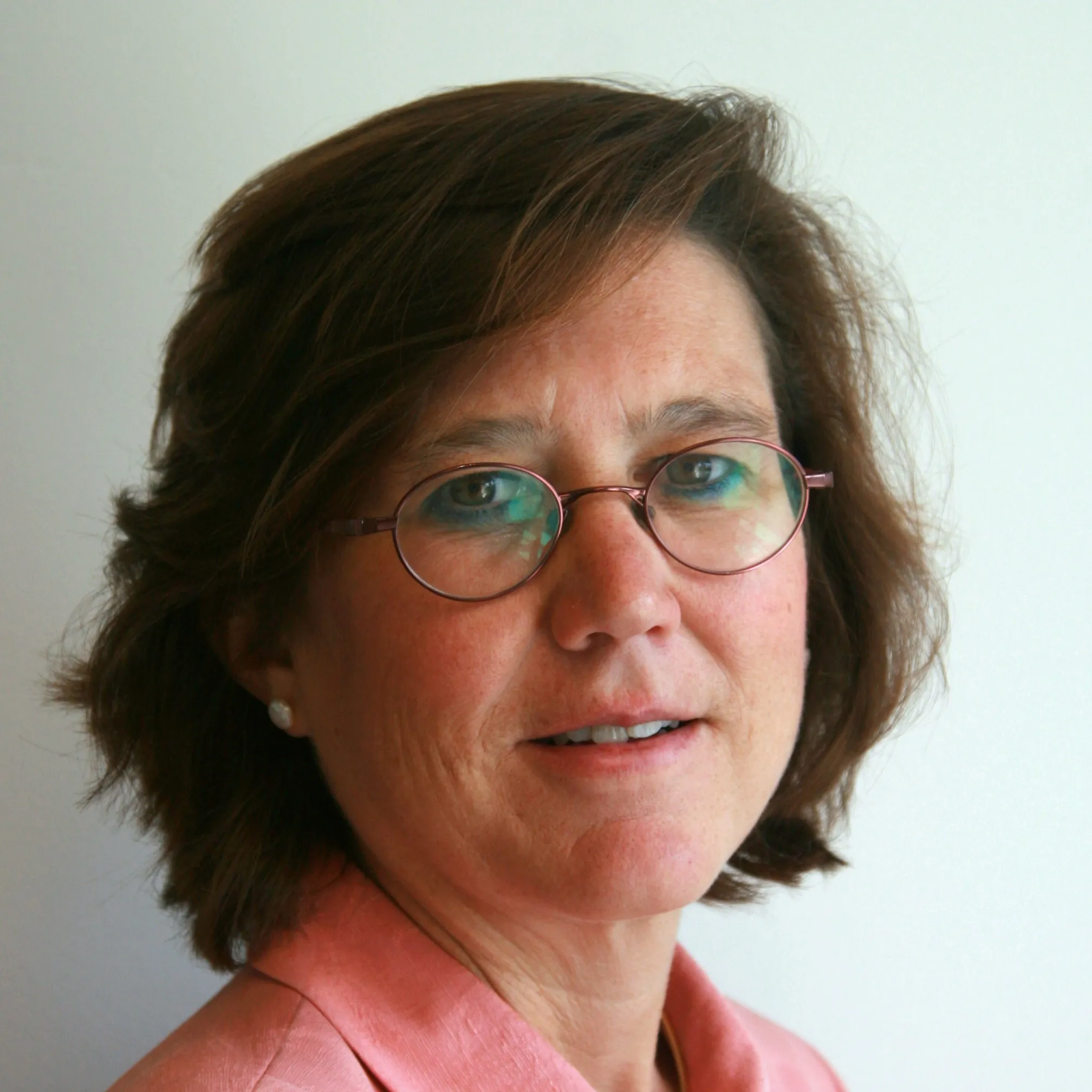
Are women happier than men? Do gender rights make a difference?
I have been working on well-being and happiness in economics for more than two decades. The research—based on the work of scholars around the world—finds consistent patterns in the determinants of life satisfaction across millions of respondents. These include income (yes it matters but not as much as you might think), health (matters a lot), employment, families and friendships, and age (there is a mid-life dip in well-being that holds across most people and countries around the world). A question that always comes up, though, is “are women happier than men?” The answer is “yes, but it’s complicated”—and at times in surprising ways.
In a 2013 study of happiness and gender, based on Gallup World Poll data for 160 countries, Soumya Chattopadhyay and I explored that basic question. Women around the world report higher levels of life satisfaction than men, but at the same time report more daily stress. And while this finding holds across countries on average, it does not hold in countries where gender rights are compromised, as in much of the Middle East and sub-Saharan Africa. The gap between women and men’s well-being is greater (e.g., women are that much happier than men) in wealthier contexts, among more educated and older cohorts, and in urban areas. While there seems to be a modest gender difference in life satisfaction, it does not hold when women’s rights are compromised.
We also found that the typically positive links between life satisfaction and marriage were much weaker in the same countries with compromised gender rights, where marriage is often an imposed norm rather than a choice. Indeed, it was the married men who were happier than the unmarried in these countries, not the married women. More generally, the common finding that married people are happier than non-married people is in part due to selection bias: happier people are more likely to get married. By construction most cross-section studies—which are at one point in time—are simply comparing the higher happiness levels of those individuals who married each other versus those who did not marry.
As Claudia Senik and colleagues find, the actual effects of getting married (which we can explore with over-time data on the same people) last approximately 18 months, after which people adapt to their pre-marriage happiness levels. Meanwhile, divorce (in rich countries) is most common when there are asymmetries in happiness levels within couples; in other words it seems that it is better to have two happy people or two unhappy people married to each other, rather than one happy and one unhappy person in the same partnership. Unhappily married women in countries with compromised gender rights, meanwhile, are much less likely to be able to divorce if they would like to.
The logical conclusion, then, is that once women’s rights improve, their life satisfaction levels will increase. Yet while women’s rights undoubtedly improved with a host of changes that occurred during the 1970s, there was a “paradox of declining female happiness” in the decades after gender rights improved, as found by Betsey Stevenson and Justin Wolfers. Rafael Levine and Alois Stutzer (2010) discovered a similar pattern in Switzerland, one of the last wealthy countries to give women the right to vote in 1971 (!). A national referendum (common for the Swiss) was passed in 1981 that mandated equal pay for equal work, giving them a natural experiment to explore its effects on gender differences in well-being. The authors were able to compare the differences in cantons that voted for the amendment versus those that did not. One would think that women would be happier in the cantons that voted for equal pay. Instead, the opposite occured and female happiness fell precisely in those cantons, compared to in those that did not vote for equal pay.
What explains this? First, these trends reversed over time. A later study of women’s happiness in the U.S. based on data that covered a later time period—1985 to 2005—by Chris Herbst found that men’s happiness declined more than women’s in that period, beginning in the late 1980s, while the decline for women slowed down significantly, reversing the gender gap in happiness. And over time in Switzerland, the differences across the cantons also declined. One reason for the initial decline is that when unequal gender rights are amended with legislation, established gender norms lag, and that may be particularly strong within households, creating new tensions, especially for working women.
My own experience, entering the labor force in the 1980s and having children in the 1990s was that being a full-time working mother was often seen as a choice between being a “good” mother and working. Many of my impressive colleagues and predecessors at Brookings—such as Alice Rivlin, Belle Sawhill, and Janet Yellen—no doubt faced even more such challenges in previous decades. By now, that choice seems a straw man. College completion and full-time work are now the rule rather than the exception for most women (at least those with means).
The gaps in well-being between unemployed and out-of-labor-force women and their counterparts in other labor market categories are much smaller than those for men.
Indeed, in the U.S. today, there is much more concern about declining male happiness and, more importantly, hope—particularly among less-than-college-educated white men. Kelsey O’Connor and I, based on data from the Panel Survey of Income Dynamics for the U.S., find that individuals born in the 1930s and 1940s who reported to be optimistic in their twenties were much more likely to still be alive in 2015 than were non-optimists. While optimism among women and African Americans gradually increased after gender and civil rights improved (again with a lag) the one group that decreased in optimism was less-than-college-educated white men. And since that time, minorities have continued to make gradual progress on both education and health fronts, while discrimination decreased (but certainly did not disappear), and more women entered the labor market.
The decline in men’s well-being began in the late 1970s, coinciding with the first decline of manufacturing, and has continued since. The erosion of stable blue-collar jobs due to both changes in labor market demand and supply (individuals with only a high school education do not have the skills to compete in today’s labor markets) has been a major factor in this trend. The trend is starkest for white men who previously had privileged access to good blue-collar jobs and to a stable middle-class existence—and that existence was very much a part of their identity as breadwinners. Not surprisingly, men suffer greater drops in well-being when they become unemployed than do women.
In contrast, the gaps in well-being between unemployed and out-of-labor-force women and their counterparts in other labor market categories are much smaller than those for men. This is likely due to women’s ability to multitask and to have multiple identities as mothers or caregivers, among other things, in addition to working. While that is often stress inducing, it also seems to be (somewhat) protective of psychological well-being.
These well-being declines matter to life outcomes. Less-than-college-educated white men—and particularly those who are unemployed or out of the labor force—are overrepresented in the crisis of deaths of despair (premature mortality due to suicide, drug overdose, and liver disease) that has taken over 1 million lives in the U.S. in the past two decades.
In sum, in wealthy places women’s happiness is typically higher than men’s, even when they are in less privileged jobs and lifestyles. Yet in many developing countries where women’s rights are compromised, women do not experience that same happiness differential. In addition, strong gender norms—which are preclusive of women giving honest responses—can affect the accuracy of their life satisfaction scores. Malorie Montgomery tests for this bias using vignette research. This approach asks respondents to rank their expected happiness in a series of different scenarios (in this case a range of lifestyles involving different levels of freedom and opportunities for women). She finds that women’s rankings of the desirability of these lifestyles often differ markedly from their general life satisfaction scores. Adjusting for this bias, she finds that the around-the-world gender gap in well-being remains but is substantially smaller, driven by countries where strong gender norms preclude honest life satisfaction reports.
While women’s rights have advanced a great deal in most wealthy countries, there are still many poor women around the world whose lives—and well-being—will remain compromised for the foreseeable future. And, as the trajectory of those countries who have already improved equity in gender rights shows, the process is far from simple and does not end with legal changes alone.
This piece is part of 19A: The Brookings Gender Equality Series. Learn more about the series and read published work »





